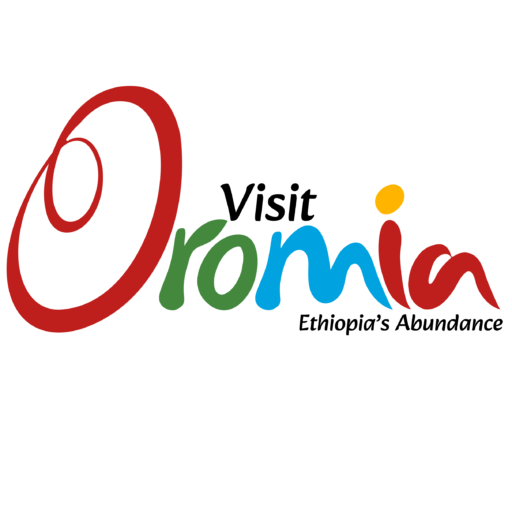- Information
- Gallery
What's included
The central tourist routes meander through an area within 200 kilometres of the capital, Finfinnee. With lakes, rolling hills and great farmlands, this route is popular with domestic visitors from Finfinne. With Ethiopian airlines being such an important carrier throughout the continent and the capital being the hub, this central area could be an ideal destination for visitors stopping over for a day or two and would like to experience some of the great hospitality and scenery that the country has to offer.
Divided into four distinct routes, it gives visitors with limited time to spare a choice of options for great trips to do.
- Finfinnee-Adama-Sodare Tourist trail
- The Finfinnee – Shashamane tourist trail
- The Finfinnee-Ambo-Woliso tourist trail
- The Northern Tourist trail
History
Oromia is the largest region in the country, and it is where the people of the Oromo nation settled. They have their own language (oromifa) and a very unique culture. It is largely based on the Gada system, which is a democratic system of administration. Power is automatically and transparently transferred from one group to another largely based on age. This is done every 8 years creating a true democracy.
Although theirs is largely a peaceful culture, their history has not been without tragedy. As modern Ethiopia expanded under Emperor Menelik, the Oromo often faced armed crusades that brought them directly under the emperor’s rule. Through it all though, the Oromo culture remained strong and true to its roots.
Culture and lifestyles of central Oromia
Central Oromia is inhabited by the Macha, Tulama, Karayu and Arsi clans. The Tulama are found in the Northern and Eastern Shewa area whilst the Macha have settled in the west and Southwest Shewa region. The Karayu are found in East Shewa while the Arsi inhabit the Southeast and west arsi zones. Despite their descent from a single major family, these clans have developed their own very unique and distinct lifestyles. Whereas most are agriculturalists, the Karayu are pastoralists. The Karayu, like the Tulama are easily recognizable with their style of dress and unique hairstyles.
The Tulama make use of grass and colour when decorating their houses. The Arsi are known for their colourful dress and are usually found with distinctly decorated vessels called Kabe. All traditional dress in the central Oromia uses local cotton and the difference is only on how they are sewn and decorated.
Having a reputation as some of the best horsemen in the country, the highlanders here have a rather endearing way of being called by the name of their horse! They are referred to as “Aba – followed by the name of the animal.

